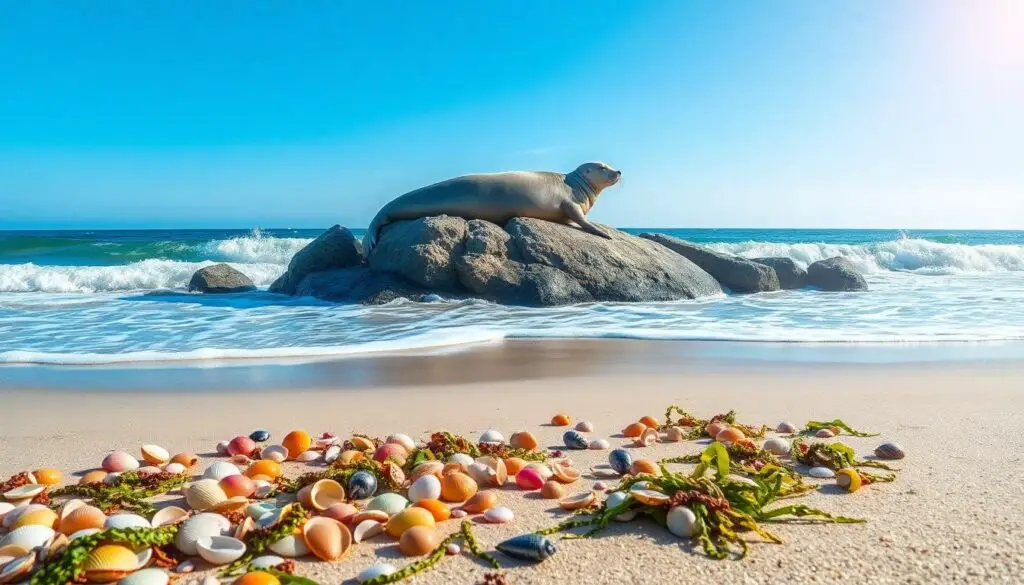Have you ever wondered what seals represent in various cultures and spiritual traditions? These sleek marine mammals have captured human imagination for centuries, symbolizing everything from protection to intuition and emotional depth.
We’ll jump into the intriguing area of seal symbolism across different cultures, exploring how these intelligent creatures have become powerful totems in Native American traditions, Celtic mythology, and modern spiritual practices. From their representation of dreams and the subconscious to their connection with adaptability and transformation, seals offer rich symbolic lessons we can apply to our daily lives.
The Cultural Significance of Seal Symbolism
Seal Symbolism in Native American Traditions
Native American tribes along coastal regions regarded seals as sacred creatures with profound spiritual significance. Many tribes, including the Inuit and Haida, incorporated seal imagery into their totems and ceremonial objects. Seals symbolized abundance, as these animals provided essential resources like meat, oil, and skins for survival in harsh environments. Tribal stories often portrayed seals as shapeshifters who could transform between human and animal forms, suggesting their role as mediators between terrestrial and aquatic realms. Hunting rituals honored the seal’s spirit, acknowledging the reciprocal relationship between humans and these generous marine beings.
Seal Symbolism in Celtic Traditions
Celtic mythology features seals prominently through selkie legends that captivate imaginations across Scotland, Ireland, and the Orkney Islands. Selkies, mythological creatures who lived as seals in the sea but shed their skins to become human on land, embodied the mysterious connection between humanity and the ocean. Ancient Celts viewed seals as guardians of ocean secrets and bearers of ancestral wisdom. Coastal communities developed many folk traditions around seal sightings, often interpreting them as omens or messages from the Otherworld. Their haunting calls and intelligent gaze inspired countless stories about their supernatural origins and abilities.
Seal Symbolism in Modern Spiritual Practices
Modern spiritual practitioners incorporate seal symbolism into various contemporary practices, recognizing these animals’ unique energetic qualities. Animal medicine traditions suggest calling upon seal energy during emotional healing work, particularly when addressing deep-seated feelings or past traumas. Many meditation guides include seal visualization exercises to enhance intuitive abilities and foster deeper connections with subconscious knowledge. Environmental spirituality movements honor seals as ambassadors of the ocean area, reminding humans of our responsibilities toward marine ecosystems. Seal imagery appears in many oracle and tarot decks, typically representing emotional intelligence, adaptation, and the ability to navigate between different worlds or states of consciousness.
Seal Symbolism in Ancient Civilizations
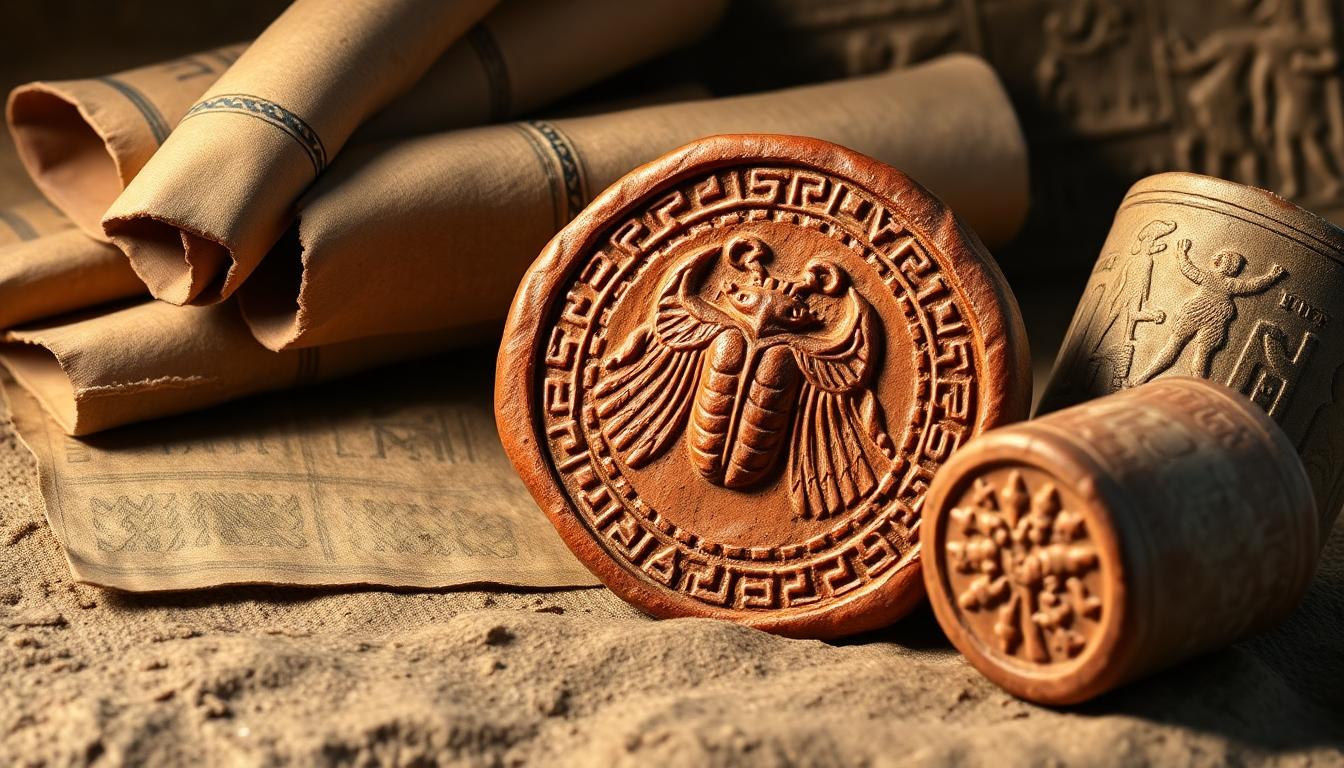
Seals held profound symbolic significance across ancient civilizations, representing power, authority, and spiritual connections. Their representations varied widely, reflecting each culture’s unique beliefs and practical needs.
Egyptian Seal Representations
Egyptian seals commonly took the form of scarabs, symbolizing the sun god Khepri and embodying concepts of rebirth and renewal. These distinctive objects served dual purposes – securing important papyrus documents while displaying the owner’s status through materials like gold and precious stones. Craftsmen created these seals with incredible attention to detail, making them both functional authentication tools and powerful symbols of Egyptian cosmology. Their association with rebirth made them popular amulets for the living and essential components in funeral rites.
Mesopotamian Seal Imagery
Mesopotamian cylinder seals emerged around 3000 BCE as sophisticated authentication devices that revolutionized legal and commercial practices. Clay tablets received distinctive imprints from these cylinders during important transactions, creating a secure method of verification crucial during the Code of Hammurabi era. Artisans carved these seals with scenes from everyday life, religious motifs, and mythological figures, turning them into miniature galleries of Mesopotamian culture. Merchants and officials carried their unique seals as tangible symbols of their identity and authority in society.
The Indus Valley Civilization utilized rectangular steatite seals featuring intricate animal motifs, primarily for trade verification and ritual ceremonies. Celtic traditions associated seals with selkie legends, powerful symbols of transformation and duality in their mythology. Inuit communities revered seals as representatives of survival, abundance, and their deep respect for natural resources that sustained their way of life.
Spiritual and Mythological Meanings of Seals
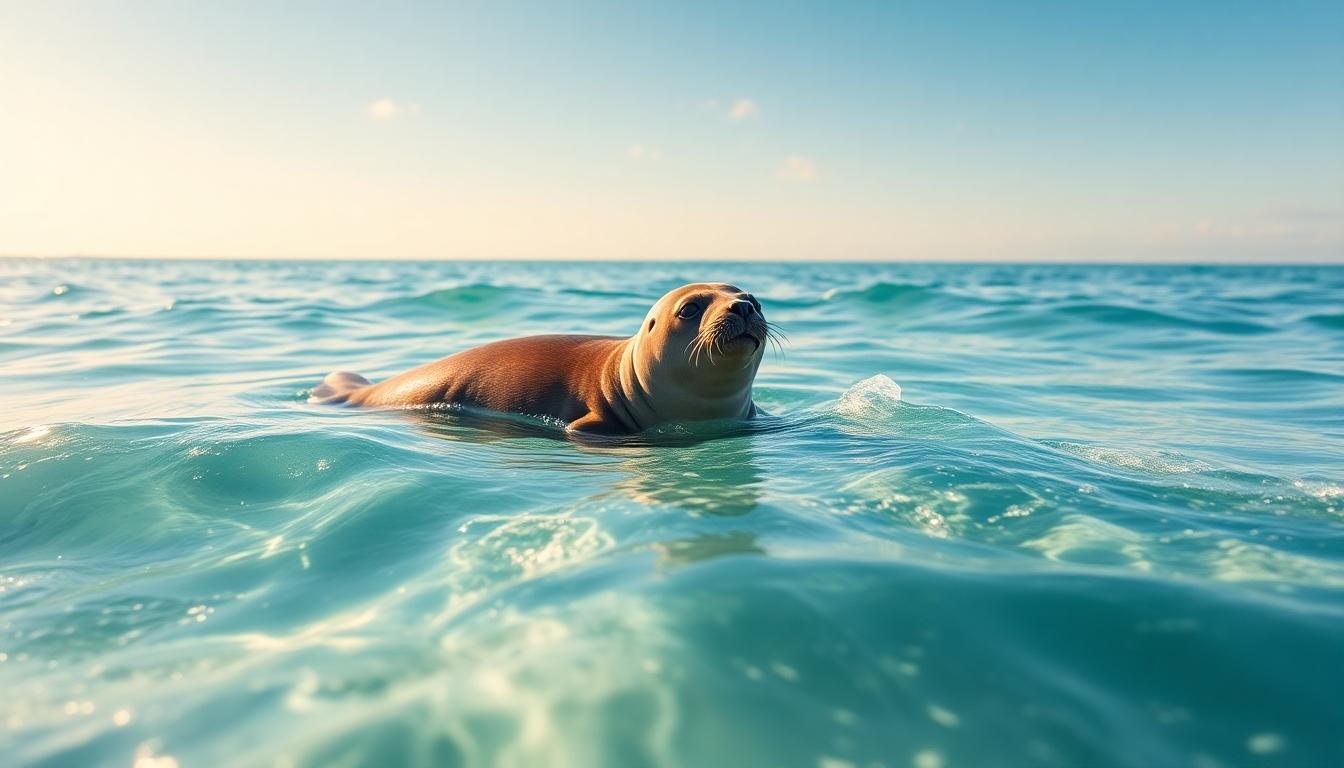
Seals carry profound spiritual and mythological significance across diverse cultural traditions. These remarkable marine mammals embody imagination, creativity, trust, and integrity while serving as powerful symbols in spiritual practices worldwide.
Seals as Spirit Animals
Seals function as powerful spirit animals symbolizing balance, intuition, and playfulness in many traditions. They encourage us to embrace life’s changes, trust our inner wisdom, and live in harmony with the natural industry. These intuitive creatures represent an ideal combination of productivity and hard work balanced with joy and positivity. When seals appear as spirit guides, they’re reminding us to maintain equilibrium between our responsibilities and enjoyment of life’s pleasures. Their connection to psychic abilities and transformation highlights our own capacity to adapt to changing circumstances with grace and resilience.
Seals in Creation Myths
Seals occupy unique positions in various creation myths and folkloric traditions throughout the industry. Their remarkable ability to navigate both land and water realms makes them symbols of fluidity and interconnectedness between different worlds. In Celtic symbolism, seals embody innocence, imagination, and playful creativity, with their expressive eyes representing deep emotional connections. Though exact creation myths featuring seals aren’t extensively documented, their presence in folklore underscores their mystical significance. Their dual-area adaptability teaches valuable lessons about successfully handling life’s transitions and evolving gracefully with changing circumstances.
Seal Symbolism in Native American and Arctic Cultures
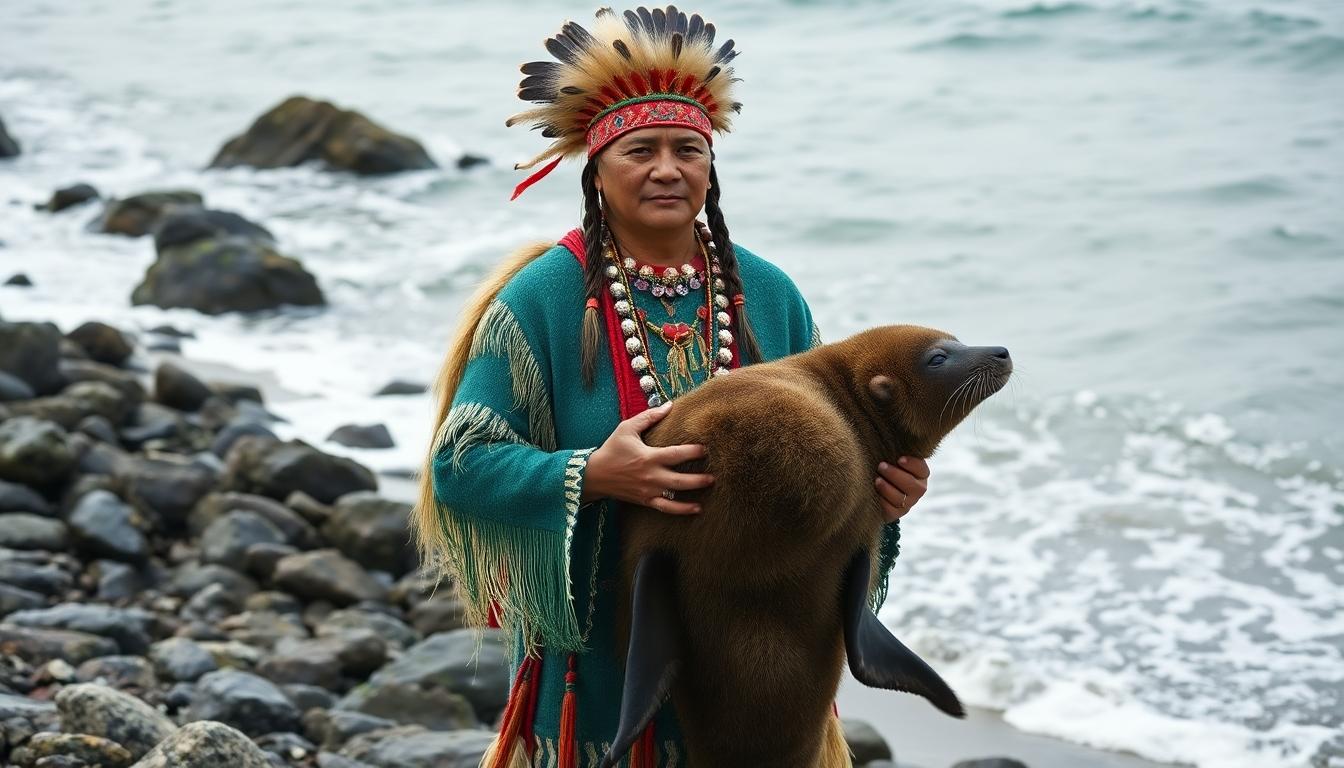
Seals hold profound symbolic meaning in Native American and Arctic cultures, representing far more than just marine mammals. Their significance extends to spiritual connections, survival, and the harmonious relationship between humans and nature.
Inuit Connections to Seal Spirits
Inuit cultures deeply revere seals as powerful symbols of survival, abundance, and respect for the natural industry. These marine mammals provide essential resources including food, clothing, and tools, reflecting the vital interdependence between Inuit communities and seal populations. Traditional Inuit practices honor seals through elaborate rituals and storytelling sessions that symbolize gratitude and environmental harmony. Their spiritual traditions recognize seals not merely as resources but as beings with spirits deserving of respect and acknowledgment for their sacrifice.
Coastal Tribe Seal Traditions
Native American coastal tribes, particularly the Nootka and Makah tribes of the Northwest Coast, embrace seals as emblems of prosperity, abundance, strength, and protection. Tribal artwork frequently features seal imagery on sailing vessels to represent mastery over maritime environments and ensure safety during ocean journeys. These communities developed specialized hunting techniques and ceremonies that honored the seal’s spirit while acknowledging its contribution to tribal survival. Seal symbolism in these coastal traditions connects to broader themes of oceanic wisdom and the delicate balance between human needs and environmental stewardship.
Seal Imagery in Modern Art and Literature
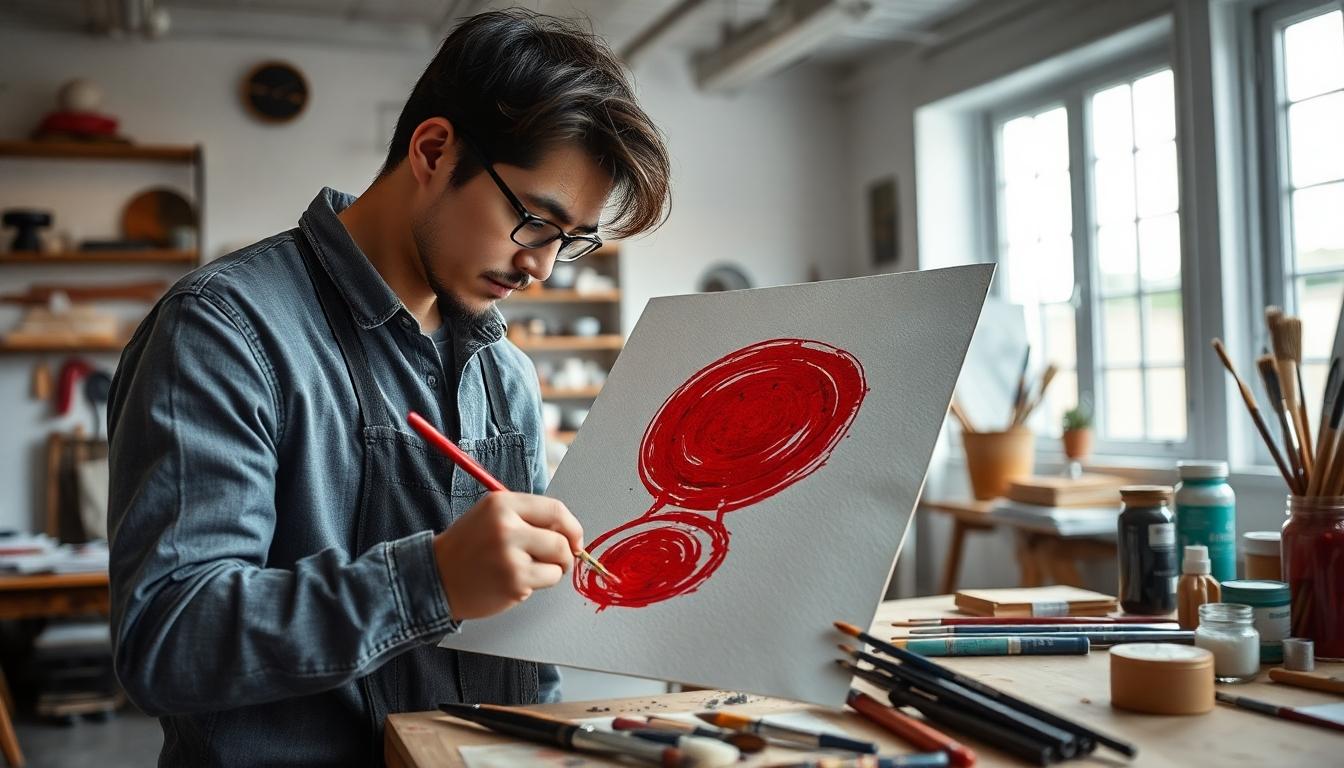
Modern artists incorporate seal imagery into their creative works to convey authenticity, identity, and storytelling elements. Wax seals add depth and symbolism to contemporary art pieces, connecting historical traditions with modern artistic expression. Asian artistic traditions continue to influence modern seal usage, particularly through red ink seals or “chops” that serve as signatures in Chinese and Japanese artwork.
Red ink seals symbolize the artist’s integrity and create a distinctive visual element that bridges ancient practices with contemporary art forms. Artists frequently use these traditional sealing methods to establish a unique visual identity while honoring historical artistic conventions. The textural elements of wax seals provide modern artists with opportunities to experiment with dimensionality and surface treatments in their work.
Contemporary literature embraces seal symbolism to represent secrets, protection, and emotional significance. Hand-sealed letters appear in modern storytelling as powerful symbols of nostalgia and intimate communication. Literary works often use seal imagery to indicate the safeguarding of important information or to symbolize a character’s hidden identity.
The evolution of seal symbolism in fine art represents a fascinating blend of historical reverence and innovative interpretation. Artists consistently find new ways to incorporate seal imagery while maintaining connections to the rich symbolic heritage of seals across cultures. These artistic interpretations help preserve traditional seal-making techniques while introducing them to new audiences through contemporary creative contexts.
Psychological Interpretations of Seal Symbolism
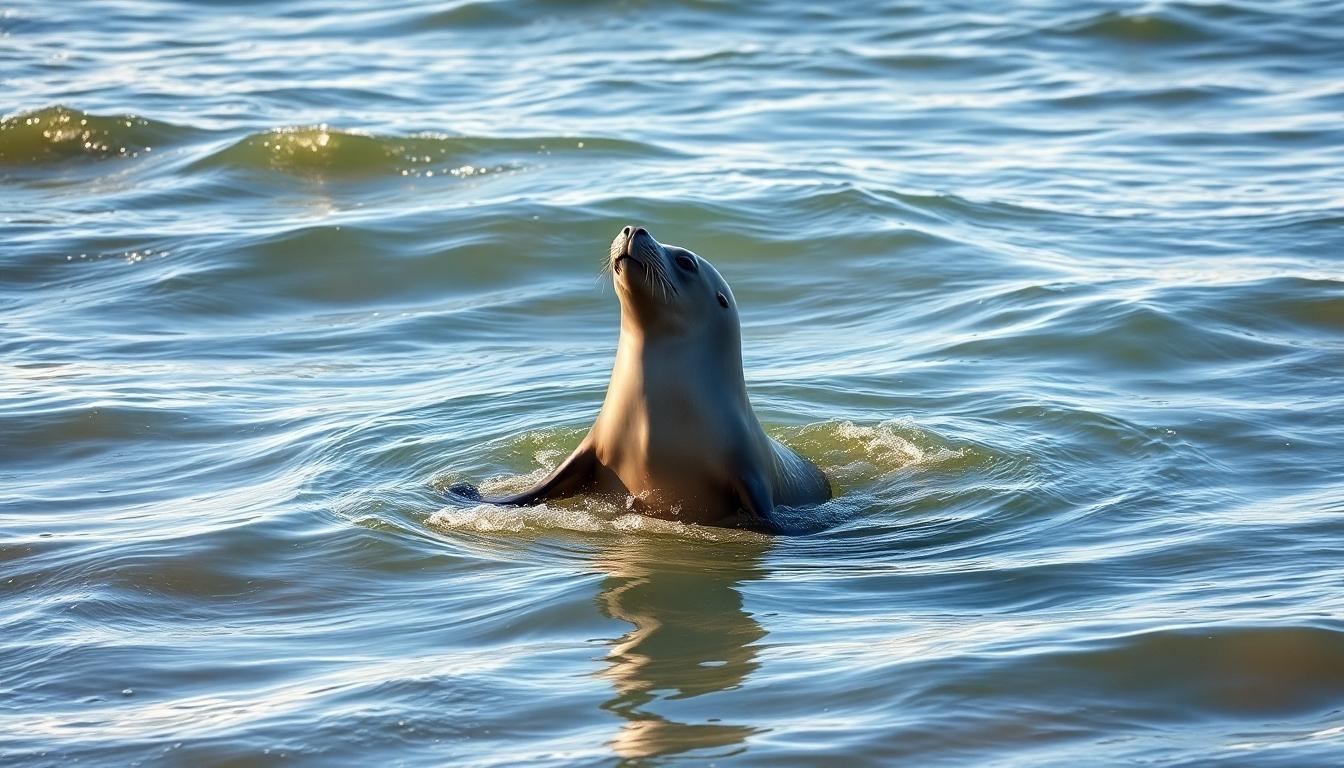
Balance and Harmony
Seals embody the perfect balance between opposing elements, particularly the land and sea, symbolizing our need to harmonize inner and outer worlds. Their ability to navigate between these different realms reflects how we can achieve equilibrium in various aspects of life. Moving gracefully through changing environments, seals teach us to find stability amidst life’s constant fluctuations. This balance extends to emotional regulation, helping us maintain composure when faced with challenges.
Intuition and Inner Wisdom
Seals strongly connect with intuitive abilities, encouraging us to trust our inner instincts when making important decisions. Their deep-diving nature parallels our journey into subconscious thoughts and feelings, accessing wisdom that lies beneath the surface. Trusting our inner voice becomes easier when we embrace seal symbolism, as it guides us toward authentic paths aligned with our personal truths. Many psychological practices incorporate seal imagery during meditation to enhance intuitive development and self-awareness.
Creativity and Problem-Solving
Seal symbolism highlights creativity, inventiveness, and imagination as essential tools for overcoming obstacles. Their resourceful hunting techniques and playful nature remind us to approach challenges with both cleverness and joy. Looking to seal energy helps us recognize and trust our existing abilities when seeking answers to complex problems. Creative expression often flows more naturally when we channel the seal’s adaptable and innovative spirit.
Emotional Intelligence and Relationships
Seals symbolize active listening and understanding the deeper meaning beyond words, improving our emotional intelligence in relationships. Their attentive nature teaches us to observe subtle cues and nonverbal communication that others might miss. By mastering emotions that cloud perception, we develop stronger connections with those around us. The seal’s communal living patterns also demonstrate healthy boundaries and social bonds that we can apply to our own relationship dynamics.
Transformation and Adaptability
Seal symbolism powerfully represents transformation, mirroring their remarkable ability to adapt between aquatic and terrestrial environments. Their fluid movement through life’s changes encourages us to embrace transitions rather than resist them. Adapting to new circumstances becomes less daunting when we embody the seal’s flexible approach to different situations. The psychological concept of resilience aligns perfectly with seal energy, as both emphasize flowing with life’s rhythms rather than fighting against inevitable changes.
Conclusion
Seal symbolism transcends cultural boundaries spanning continents and centuries. From Native American spiritual traditions to Celtic mythology and modern artistic expressions these magnificent creatures connect us to deeper truths about intuition adaptability and emotional wisdom.
By studying seals we gain insights into our own capacity for balance and transformation. Their ability to navigate between worlds reminds us to embrace both our practical responsibilities and playful spirits.
Whether you’re drawn to seals for their spiritual significance psychological insights or artistic representation their symbolism offers valuable guidance. We can all learn from their graceful navigation between elements and their embodiment of authenticity integrity and emotional intelligence.
The seal’s enduring presence in human consciousness invites us to dive deeper into our own inner waters and emerge with greater wisdom.
Frequently Asked Questions
What symbolism do seals represent in various cultures?
Seals symbolize protection, intuition, emotional depth, dreams, and adaptability across different traditions. In Native American cultures, they represent abundance and mediate between human and aquatic realms. Celtic mythology features them in selkie legends as guardians of ocean secrets. Ancient civilizations viewed seals as symbols of power, authority, and spiritual connections, while modern practices incorporate seal imagery for emotional healing and intuitive development.
How are seals viewed in Native American traditions?
In Native American traditions, seals are sacred creatures symbolizing abundance and survival. They serve as mediators between human and aquatic realms, appearing in totems and ceremonial practices. Coastal tribes like the Nootka and Makah view seals as emblems of prosperity and protection, incorporating seal imagery into artwork and hunting rituals that honor the animal’s spirit while demonstrating respect for nature’s resources.
What is the significance of seals in Celtic mythology?
In Celtic mythology, seals feature prominently in selkie legends, where they represent the mysterious connection between humanity and the ocean. Selkies are supernatural beings who live as seals in the sea but shed their skin to become human on land. Seals are viewed as guardians of ocean secrets and associated with transformation and duality, embodying the Celtic appreciation for the liminal spaces between worlds.
How do Inuit cultures regard seals?
Inuit cultures deeply revere seals as essential symbols of survival and abundance. They honor seals through elaborate rituals and storytelling traditions that reflect gratitude and environmental harmony. Seals provide food, clothing, tools, and fuel, making them central to Inuit life. This relationship goes beyond practical necessity to include spiritual significance, with seals representing the delicate balance between human needs and natural resources.
What psychological interpretations are associated with seal symbolism?
Psychologically, seals represent balance and emotional regulation as they navigate between land and sea. They symbolize intuition and inner wisdom, encouraging people to trust their instincts. Seals’ playful nature highlights creativity and resourcefulness in problem-solving. They also embody emotional intelligence for healthy relationships and demonstrate transformation and adaptability, teaching resilience when facing life changes and challenges.
How are seals used as spirit animals?
As spirit animals, seals symbolize balance, intuition, and playfulness. They guide individuals to embrace life’s changes while maintaining equilibrium between responsibilities and enjoyment. Seal spirit animals encourage people to dive deep into their emotions, trust their inner voice, and approach challenges with creativity. They teach the importance of adaptability in different environments and situations, offering wisdom about navigating life’s transitions with grace.
How is seal imagery incorporated in modern art?
Contemporary artists use seal motifs to convey authenticity, identity, and storytelling. Traditional wax seals add historical depth and texture to modern works. Asian artistic traditions, particularly Chinese and Japanese “chops” (red ink seals), influence modern seal usage by symbolizing artistic integrity. The evolution of seal symbolism in fine art blends historical reverence with innovative interpretation, preserving traditional techniques while introducing them to new audiences.
What do seals represent in ancient Egyptian culture?
In ancient Egypt, seals often took the form of scarabs symbolizing rebirth and renewal. These seal-amulets served both practical purposes for marking property and documents and ceremonial functions as protective talismans. Egyptian officials used seals as marks of authority and status, while common people wore seal amulets for divine protection. The imagery on these seals often contained hieroglyphics connecting the owner to specific deities.
What lessons can we learn from seal symbolism?
Seal symbolism teaches us to balance work and play, trust our intuition, and adapt to changing circumstances. From seals, we learn emotional intelligence—diving deep into feelings while maintaining surface playfulness. They demonstrate the importance of community while valuing solitude. Seals encourage us to move gracefully between different “worlds” in our lives, embrace transformation, and approach challenges with creativity and resourcefulness, all while maintaining harmony with our environment.
How do seals appear in literature and storytelling?
In literature, seals represent secrets, transformation, and emotional significance. Selkie folklore appears in countless stories across cultures, exploring themes of identity and belonging. Hand-sealed letters serve as powerful symbols of nostalgia and intimate communication in both classical and contemporary writing. Seal characters in children’s literature often embody playfulness and wisdom, while in more complex works, they symbolize the bridge between conscious and subconscious realms.

